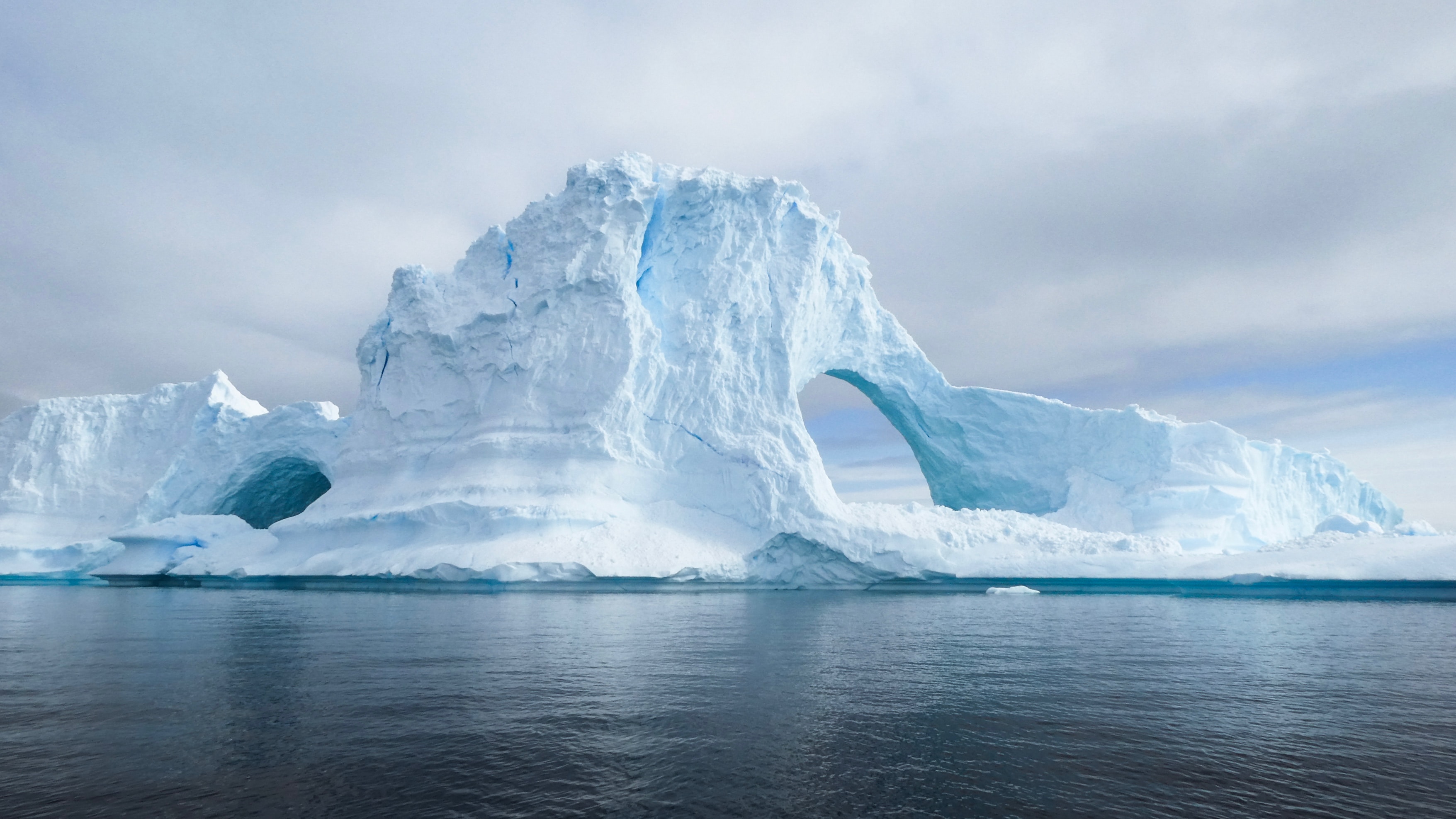
By Rachel McDonald, the Australian Science Media Centre
Future increases in ice-shelf melting in the West Antarctic are now potentially unavoidable, according to international experts who say this will cause sea levels to rise. The researchers looked at a computer simulation of the interactions between ice and the ocean under various emissions scenarios, and say it's likely ocean warming in the region is already locked in at about triple the historical rate.
The University of Tasmania's Professor Matt King told the AusSMC the paper was "sobering reading", and focused on one key area of West Antarctica.
"The Amundsen Sea Embayment is the hotspot for current melting of the ice sheet on land – driving up sea levels. This study suggests that the glaciers in this region are destined for increased melt through the rest of this century. If the work is correct, that means that some sea-level rise and coastal flooding along our beloved coastlines is locked in even if we take very strong action on climate change," Prof King said.
Dr Edward Doddridge from the Institute for Marine and Antarctic Studies said experts had already been observing impacts of retreating ice shelves in the Amundsen Sea region.
"In late 2022, sea ice melted earlier than normal, leading to the death of approximately 10,000 Emperor Penguin chicks in the nearby Bellingshausen Sea. After record summer lows, the sea ice returned many months later than normal," Dr Doddridge said.
"The new results in this paper suggest that the huge changes we've seen in the Amundsen Sea region are unlikely to be aberrations - they are glimpses into a future that we can no longer avoid."
While multiple researchers noted that the paper was based on a single ocean-ice model, and more research would need to be done to better understand what is going on in the region, they also said it showed the importance of preparing for sea level rise.
Dr Tom Mortlock from the UNSW Climate Change Research Centre said even if we reached zero greenhouse gas emissions tomorrow, sea levels would still rise "up to and beyond 2100", increasing the frequency of coastal flooding events.
"Most of our coastal infrastructure has sea level rise allowances built into the design. However, these will typically include median estimates of sea level rise provided by the IPCC, not much more that 1m by 2100," Dr Mortlock said.
"Extreme rates of sea level rise - triggered by tipping points such as the collapse of the West Antarctic Ice Sheet - are extremely difficult to incorporate into coastal risk management. This is because projections remain highly uncertain, and we have little idea of the probability and timing of this occurring."
Prof King agreed that better knowledge was needed on how much sea levels would rise, and how quickly.
"Hundreds of $B of Australian infrastructure and tens of thousands of homes are vulnerable to even 1m of sea level rise, and that is at play this century. Many of our regional neighbours are even more exposed - Australia claims 42% of Antarctica and the nations are looking to us to provide the knowledge."
Dr Ariaan Purich from the ARC Special Research Initiative Securing Antarctica's Environmental Future said it was also important not to give up on reducing sea level rise.
"In the face of such concerning news, we also need to remember that while melting of West Antarctica may be unavoidable, this is not the case for other crucial climate tipping points, such as East Antarctica. We urgently need to reduce our greenhouse gas emissions to limit future change - there is still hope if we act now."
Prof King said there may even still be hope for much of West Antarctica with strong action.
"The authors suggest we should not give up hope despite the bad news in their paper – they note that much of the wider Antarctic Ice Sheet can be saved with strong climate action, and with it many metres of avoided sea-level rise. But I would not rule out the West Antarctic Ice Sheet being saved by rapid climate action despite this study, since even cutting edge studies like this can’t yet consider all the processes that may be important to the future of the ice sheet," he said.
You can read the full Expert Reaction here
This article originally appeared in Science Deadline, a weekly newsletter from the AusSMC. You are free to republish this story, in full, with appropriate credit.
Contact: Rachel McDonald
Phone: Ph: 08 7120 8666
Email: info@smc.org.au